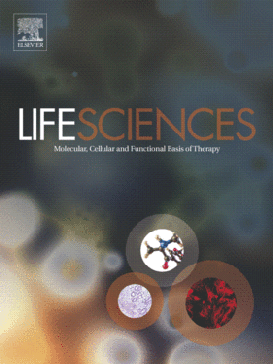“The basolateral nucleus of the amygdala (BLA) is critical to the pathophysiology of anxiety-driven alcohol drinking and relapse.
The endogenouscannabinoid/type 1 cannabinoid receptor (eCB/CB1 ) system curbs BLA-driven anxiety and stress responses via a retrograde negative feedback system that inhibits neurotransmitter release, and BLA CB1 activation reduces GABA release and drives anxiogenesis.
Additionally, decreased amygdala CB1 is observed in abstinent alcoholic patients and ethanol withdrawn rats.
Here, we investigated the potential disruption of eCB/CB1signaling on GABAergic transmission in BLA pyramidal neurons of rats exposed to 2-3 weeks intermittent ethanol.
In the naïve rat BLA, the CB1agonist WIN 55,212-2 (WIN) decreased GABA release, and this effect was prevented by the CB1 antagonist AM251. AM251 alone increased GABA release via a mechanism requiring postsynaptic calcium-dependent activity.
This retrograde tonic eCB/CB1 signaling was diminished in chronic ethanol exposed rats, suggesting a functional impairment of the eCB/CB1 system.
In contrast, acute ethanol increased GABAergic transmission similarly in naïve and chronic ethanol exposed rats, via both presynaptic and postsynaptic mechanisms.
Notably, CB1 activation impaired ethanol’s facilitation of GABAergic transmission across both groups, but the AM251-induced and ethanol-induced facilitation of GABA release was additive, suggesting independent presynaptic sites of action.
Collectively, the present findings highlight a critical CB1 influence on BLA GABAergic transmission that is dysregulated by chronic ethanol exposure and, thus, may contribute to the alcohol-dependent state.”

